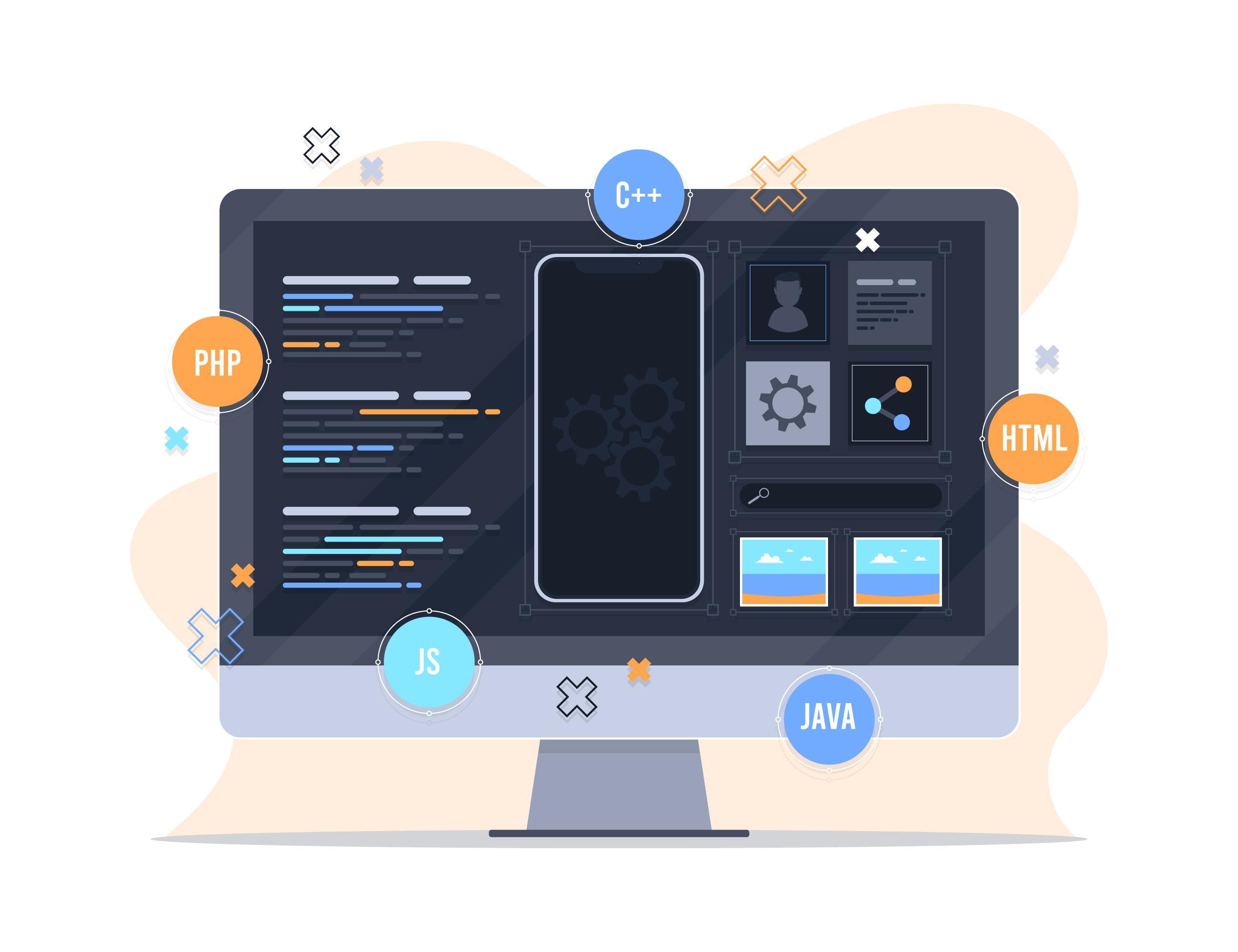The Best Ways to Collect and Analyze Attendance Data After an Event
Collecting and analyzing attendance data after an event is a crucial step for evaluating its success and improving future events. By analyzing the data, you can discover what worked well and what needs improvement, contributing to better experiences for attendees in the future. This article will discuss the best methods for collecting and analyzing attendance data, including using surveys, analyzing feedback, and reviewing performance metrics.
Using Surveys to Collect Data
A. Design the Surveys:
- Design a survey that includes a set of questions focusing on different aspects of the event, such as event content, attendee experience, and organization. Use a mix of open and closed questions.
B. Distribute the Surveys:
- Send the surveys via email to attendees after the event. You can also use platforms like Google Forms or SurveyMonkey to facilitate distribution and data collection.
C. Incentivize Participants:
- Offer incentives such as entry into a prize draw or discounts on future events to increase response rates.
D. Timing of Distribution:
- Send the survey as soon as possible after the event, while attendees still have a fresh memory of their experience. It’s recommended to send it within 48 hours after the event.
Analyzing Feedback
A. Organize the Data:
- Collect all feedback into a spreadsheet for easier analysis. You can use tools like Excel or Google Sheets to organize the data.
B. Analyze Quantitative Results:
- Use statistical analysis to identify trends and patterns in the feedback. Look for average ratings and overall satisfaction rates.
C. Analyze Qualitative Results:
- Read the open comments to gain deeper insights into attendees' experiences. Look for recurring themes or specific complaints that can be addressed in future events.
D. Categorize Responses:
- Categorize the responses based on different aspects (content, organization, interaction, etc.) to gain a comprehensive understanding of satisfaction levels.
Reviewing Performance Metrics
A. Identify Key Performance Indicators (KPIs):
- Identify the performance metrics you wish to measure, such as attendance rate, engagement levels, and attendee satisfaction. KPIs may also include the number of participants who completed the survey.
B. Analyze Performance Metrics:
- Compare the results of the current event with past events. Look for trends in the data to determine if you are improving over time.
C. Use Analytical Tools:
- Use data analysis tools like Google Analytics or Tableau to analyze attendance data. These tools allow you to track attendee behavior and interaction with content more accurately.
D. Prepare a Comprehensive Report:
- Prepare a report that includes a thorough analysis of the data, featuring survey results and performance metrics. Use charts and graphs to make the information easy to understand.
Applying Results to Improve Future Events
A. Identify Areas for Improvement:
- Based on the data analysis, identify areas that need improvement. These may include organization, content, or the overall attendee experience.
B. Communicate with the Team:
- Share the analysis results with the team responsible for event planning. Gather their ideas and opinions on how to improve future events based on the collected data.
C. Implement Changes:
- Develop an action plan to apply the suggested changes based on the data analysis. These changes may involve altering event content, improving communication strategies, or enhancing attendee engagement.
D. Evaluate the New Event:
- After implementing the changes in future events, make sure to collect new data and analyze it to assess the impact of the changes on the attendee experience.
Conclusion
Collecting and analyzing attendance data after an event is a key step in improving future experiences. By using surveys, analyzing feedback, and reviewing performance metrics, you can identify areas for improvement and enhance the quality of the events you organize. Continuous evaluation and leveraging data will help deliver exceptional experiences that contribute to building the brand’s reputation and the success of future events.
